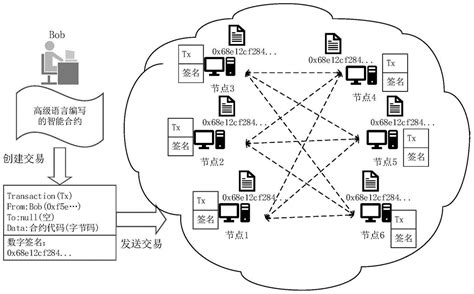Understanding Blockchain Security Mechanisms
Blockchain technology has garnered significant attention due to its potential to revolutionize various industries. However, concerns about security remain paramount. To address these concerns, blockchain employs several security mechanisms:
Blockchain relies heavily on cryptographic techniques to ensure the security and integrity of data. Hash functions, digital signatures, and public-private key cryptography play pivotal roles in securing transactions and maintaining the immutability of the ledger.

Consensus mechanisms are fundamental to blockchain security as they enable the network to agree on the validity of transactions without the need for a central authority. Proof of Work (PoW), Proof of Stake (PoS), Delegated Proof of Stake (DPoS), and Practical Byzantine Fault Tolerance (PBFT) are some prominent consensus algorithms, each designed to prevent malicious actors from compromising the network.
Decentralization is a core principle of blockchain technology, distributing data across a network of nodes rather than storing it in a central location. This reduces the risk of a single point of failure and makes it exceedingly difficult for attackers to manipulate the system.
Once recorded, data on the blockchain cannot be altered or deleted without consensus from the network participants. This immutability ensures the integrity of transactions and prevents unauthorized tampering.
Smart contracts are self-executing contracts with the terms of the agreement directly written into code. Ensuring the security of smart contracts is critical to preventing vulnerabilities and potential exploits. Formal verification, code audits, and secure development practices are essential for mitigating risks.
Blockchain networks implement various security measures to safeguard against external threats, such as Distributed Denial of Service (DDoS) attacks, Sybil attacks, and 51% attacks. Firewalls, encryption, and intrusion detection systems are commonly used to enhance network security.
Blockchain technology is continually evolving, with ongoing research and development focused on enhancing security measures. Regular software updates, bug bounties, and community-driven initiatives contribute to identifying and addressing vulnerabilities.
- Implement robust cryptographic protocols and regularly update encryption standards to adapt to emerging threats.
- Diversify consensus mechanisms to mitigate the risks associated with a single point of failure.
- Adopt a multi-layered approach to security, including network, application, and data security measures.
- Conduct thorough code reviews, security audits, and penetration testing of smart contracts to identify and remediate vulnerabilities.
- Establish governance frameworks and regulatory compliance mechanisms to ensure accountability and transparency within blockchain networks.
- Facilitate collaboration and information sharing among industry stakeholders to collectively address security challenges and promote best practices.
By embracing these security mechanisms and recommendations, blockchain networks can enhance their resilience against cyber threats and foster trust among users and stakeholders.
标签: 区块链安全主要做什么 区块链的安全可以得到绝对保障 区块链安全标准 什么是区块链安全保障机制的内容 什么是区块链安全保障机制的核心







